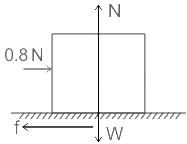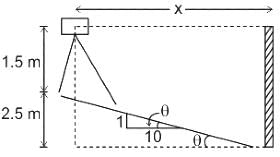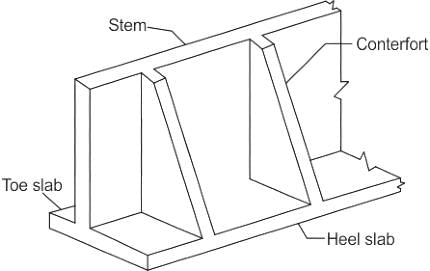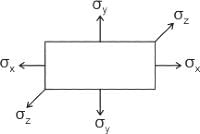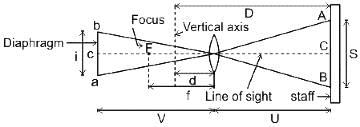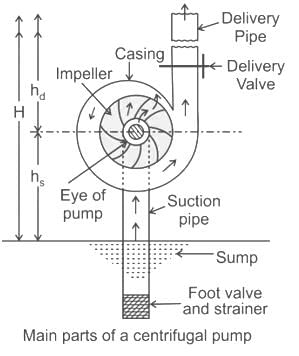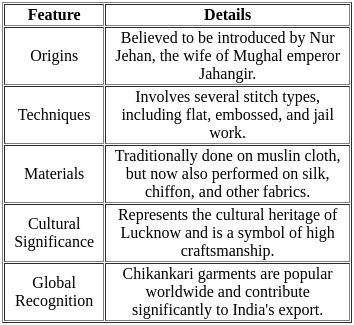UPSSSC JE Civil Mock Test - 5 - Civil Engineering (CE) MCQ
30 Questions MCQ Test - UPSSSC JE Civil Mock Test - 5
Which types of mortars are intended for architectural or ornamental parts, and application of decorative layers on walls and panels?
A prismatic bar of cross-sectional area 1 mm2 and E = 200 GPa is fastened between two rigid walls at A and B and are subjected to loads as shown.

The support reactions at B and A (in kN) are
In a chain survey work, in order to determine the length across a river of a continuing chain line, the following observations were made as shown in the figure. The points C, A, and B are collinear. Also, the points B, D, and E are collinear. CA = AD = 40 m. The angle CAD is 90°. Distance CE = 75 m, angle ACE = 90°. Determine length AB.
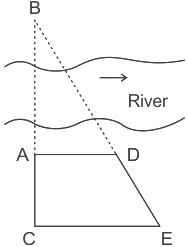
Read the following:
A. Polar modulus is defined as the ratio of the polar moment of inertia to the radius of the shaft.
B. Polar modulus is also called as section modulus.
C. Polar modulus of a solid circular shaft is calculated using π/16D3formula.
D. Polar modulus of a hollow circular shaft is calculated using π/32(D4 - d4)3
Identify the correct statement from the following:
A 1kg block is resting on a surface with co effcient of friction, µ = 0.1. A force of 0.8N is applied to the block as shown in figure. The friction force in Newton is
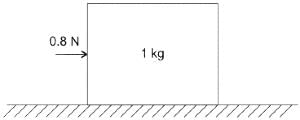
Consider the following statements related to the advantages of concrete sleepers :
1. Concrete sleepers can generally be mass-produced using local resources.
2. Concrete sleepers are not suitable for better packing.
3. Concrete sleepers have a very long life span.
4. Concrete sleepers have no scrap value.
Which of the above statements is/are correct?
Keeping the instrument height as 1.5 m, length of staff 4 m, the slope of the ground as 1 in 10, the sight on the down-slope, must be less than________m.
In a rear counterfort retaining wall, the main reinforcement is provided on the
A. bottom face in front counterfort
B. inclined face in front counterfort
C. bottom face in back counterfort
D. inclined face in back counterfort
If a piece of material neither expands nor contracts in volume when subjected to stresses, then the Poisson’s ratio must be
Horizontal distances obtained by tacheometric observations
According to Indian Road Congress, the roads are classified into:
Which of the given options best describes the truth of the following statements?
(i) The keyboard shortcut to paste copied text in MS-Word365 is Ctrl + V.
(ii) The keyboard shortcut to undo an action in MS-Word365 is Ctrl + Y.






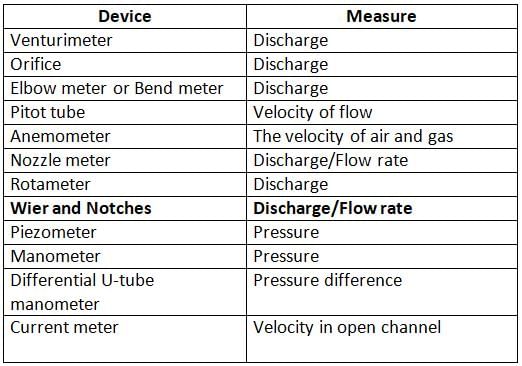

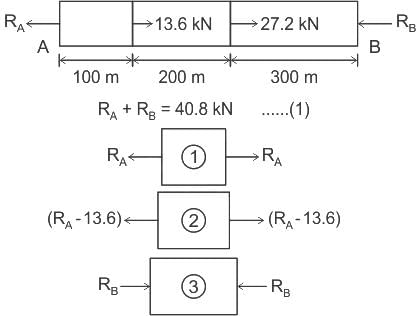

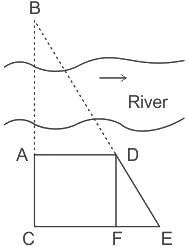






 = 820.8 kN/m2
= 820.8 kN/m2